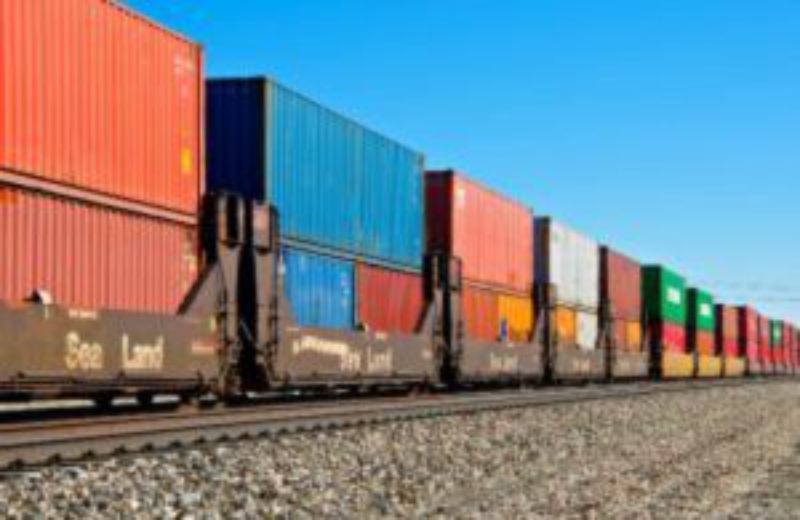[vc_row][vc_column][vc_column_text]The Indian Railways is set to start double-stacked dwarf container movement within three months, as all hurdles in the western belt between Gujarat and Maharashtra have been identified and the process of their elimination is on.
“Within three months, dwarf containers will be operational between Jamnagar and Mundra in Gujarat and Jawaharlal Nehru Port in Maharashtra,” said a railway official, requesting not to be named.
In fact, with this line getting cleared, double-decked dwarf containers will be able to ply up to Ludhiana in Punjab, which the railways has already checked. The only sore point in the western belt stretch was in Ahmedabad, where overheard wires under road-over-bridges (ROBs) were lower than the usual height. “The Ahmedabad issue has been sorted out technically and the work is already on. Once Ahmedabad is cleared, the entire Gujarat will be opened up for taking out dwarf containers,” the official said.
The idea of dwarf containers, part of the transporter’s business plan for 2017-18, is to move larger volumes — almost double with the same rolling stock — of cargo under capacity-constrained overhead wires.
The railways in July unveiled the haulage charges for such containers, which will get 17% concession on the existing rates. The discounted fare will be applicable if at least one container is moved for 100 km.
“The ministry of railways has undertaken a successful trial run of double-stack dwarf containers on a route on Indian Railways… Routes will be opened for transportation after assessing the feasibility of the route as well as after conducting trial runs,” the railways had said in a statement last month.
The main challenge faced by the railways is to accommodate these stacked containers under the existing overhead wires. “These are old traditional wires which cannot be replaced to increase the height for standard double-stacked containers. These are also constrains because of old ROBs, footover bridges and tunnels with low height,” the official added.
One way to tackle the problem is to lower the track. However, it cannot be dipped suddenly and so, it will have a to be a gradual slope over a long distance. But that is possible only if there are flat, straight tracks unlike, say, a yard, where there are points and crossings.
The process of identifying such locations all over the country is on where minor modifications are required to the infrastructure. A committee of officers has been appointed to look into other and major routes where there is the possibility of running dwarf containers immediately; the report is expected by mid-August. These routes will be covering all the major domestic routes where containers movement takes place.
“The industry and the manufacturers — mostly small companies which may operate on lease models — were waiting for the scheme and now box manufacturing will start. In three-four months, there will be enough boxes,” the official added.
Dwarf containers will help the railways augment its freight business. As reported by FE earlier, the Prime Minister’s Office has given stiff targets to the Indian Railways to augment the freight business, including redirecting 20 million tonne of additional cargo from road to rail by the end of FY18. The railways’ share of the overall cargo movement in the country is a little over 30% at present.[/vc_column_text][/vc_column][/vc_row]







